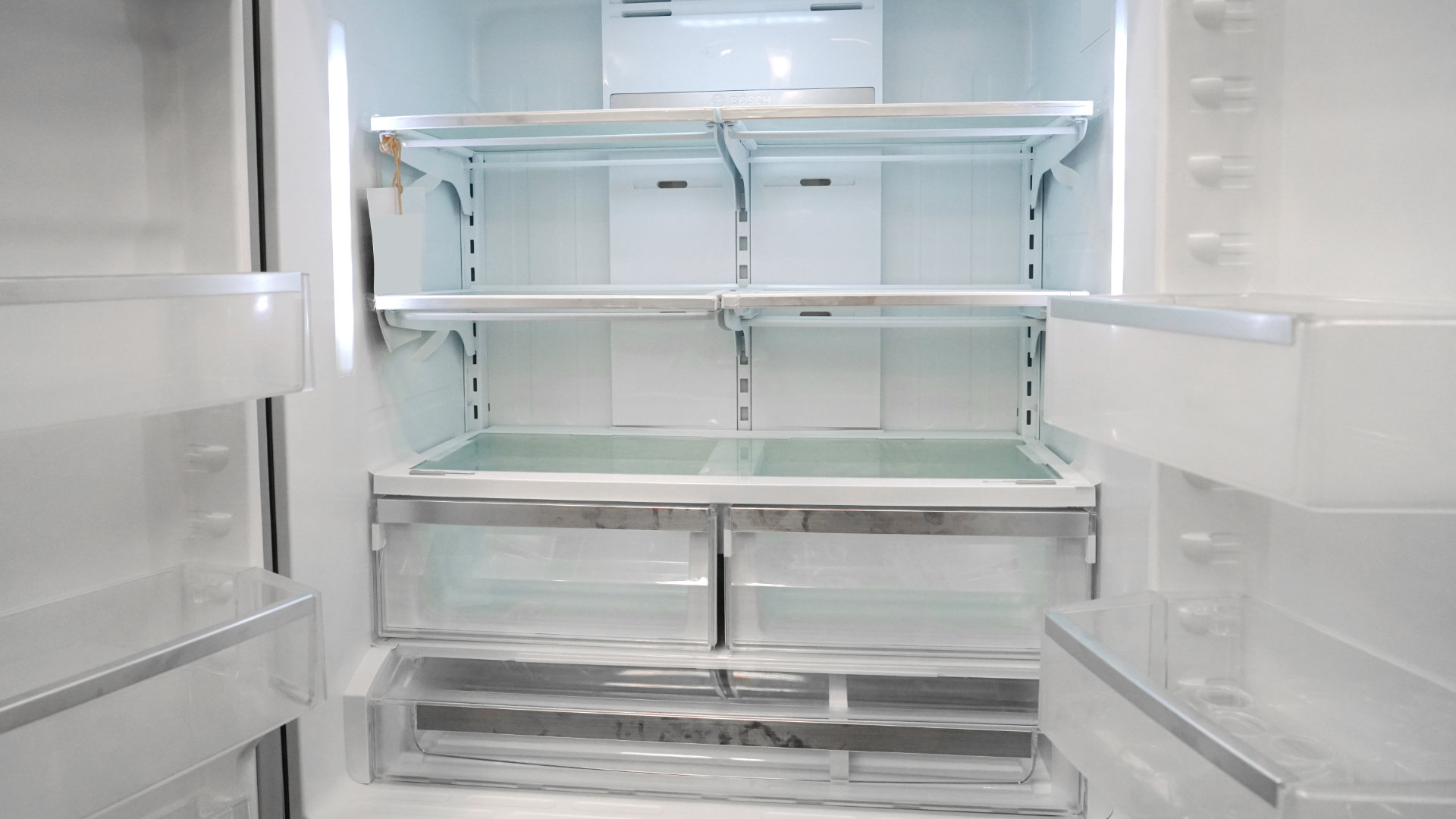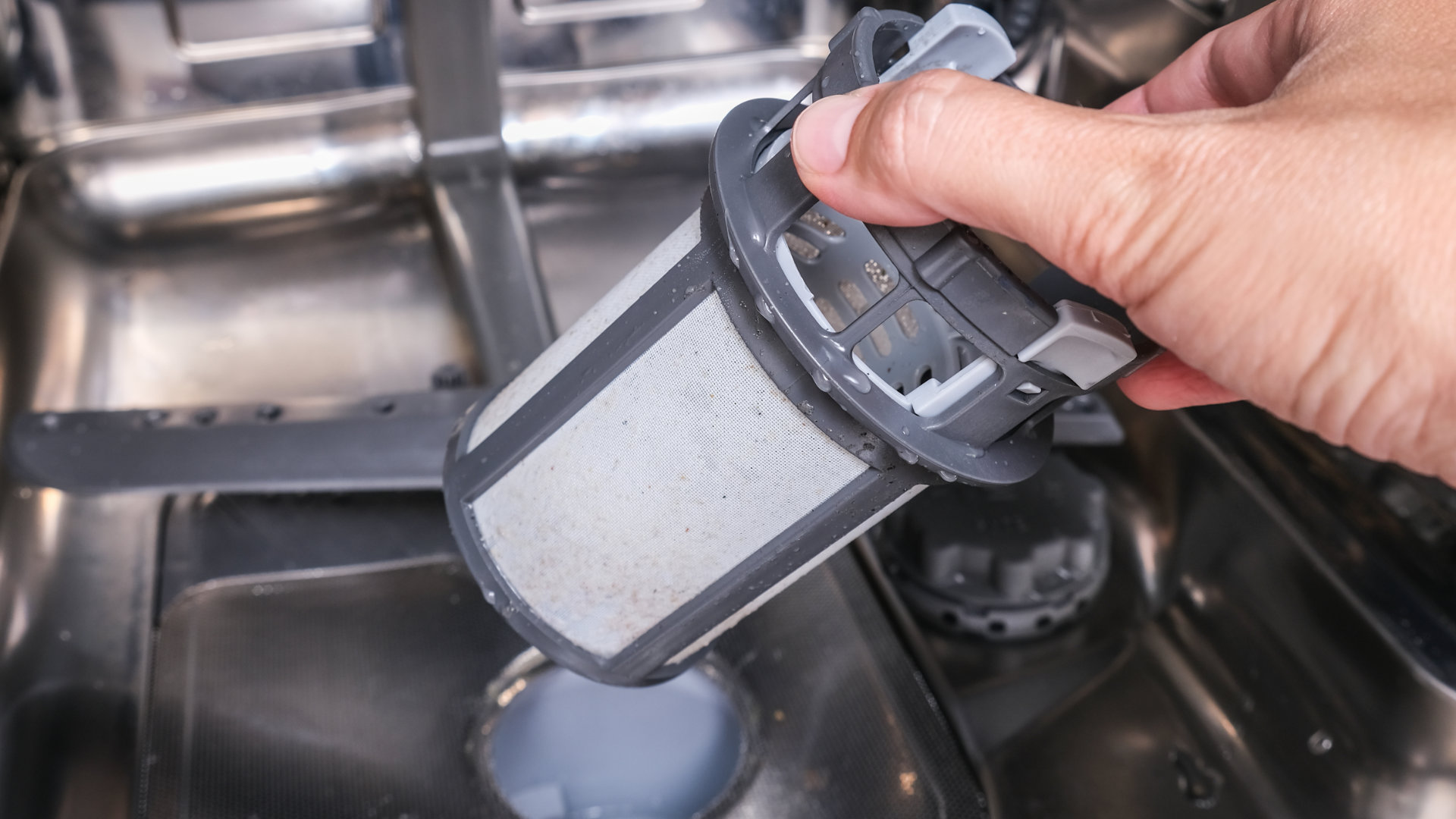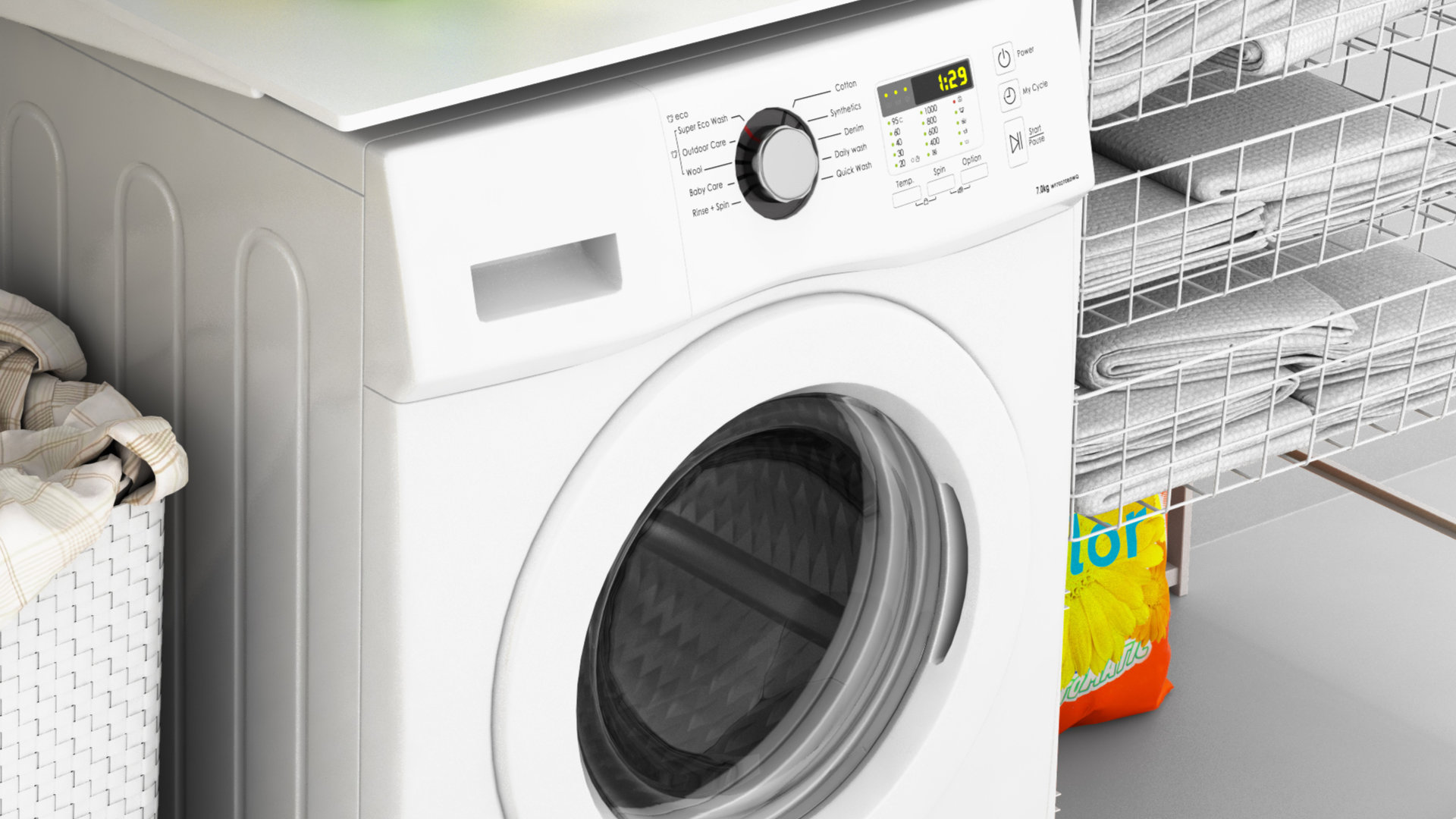
When your washer is unbalanced, it won’t be able to operate correctly or might not even turn on at all. An unbalanced washing machine can also cause drainage problems, as water isn’t able to drain out of your washer through the drain filters and hoses. This can cause leaks to occur, which can damage your floor.
In this guide, we will give you step-by-step instructions to fix the problem so that you can get back to doing your laundry as quickly as possible. Thankfully, the problem can usually be fixed by simply rearranging your load of washing to make it more balanced or by making sure your washer is sitting level on the floor, but sometimes it may be one of the internal components that are the cause of the problem, which means they will need to be repaired or replaced.
Simply start with step one and work your way down the guide until you have fixed your unbalanced washer.
Step 1 – Make sure the washer isn’t overloaded.
The first step is to make sure your washing machine isn’t overloaded with laundry. When there is too much laundry in your washer or too many heavy objects like towels, your washing machine drum becomes unbalanced which triggers the sensors and your washer will turn off.
If you have a top loader washer, make sure your laundry is evenly distributed around the middle agitator. Most washing machines will pause instead of turning off completely when they are unbalanced, so this gives you the opportunity during a cycle to open the door and rearrange your washing before turning it back on. If your washer turns off completely due to it being unbalanced, you will have to rearrange your load of washing and then turn it onto a new cycle.
If your washing machine is a front loader, make sure you don’t overload it too much. If you’re washing clothes and sheets, aim for about two-thirds full and if you’re washing towels and other heavy laundry items, you probably want to keep your washer drum only about half full. When your front load washing machine deems your load of washing unbalanced, it will generally warn you so that you can rearrange your load or remove some items to help balance it.
Step 2 – Make sure the washer is sitting level.
If rearranging your load of washing doesn’t fix the problem, the next step is to make sure your washing machine is sitting on a level floor. When your washing machine is sitting on a rough surface that’s uneven, your washing machine sensors will deem your washer to be unbalanced and may turn off.
To make sure your washing machine is sitting level, you can pull it out from its position and place a bubble level on the floor to check if it’s level. If you find it isn’t level, you will need to adjust the washing machine legs (see step 3).
Step 3 – Adjust the washer legs.
If you need to adjust your washer legs, you first need to find out which legs can be adjusted. Some models have back legs that automatically adjust themselves when you adjust the front legs, while some models require you to adjust all four legs when trying to level your washing machine.
Once you know which type of legs your washing machine has, you can place a bubble level on the top of your washer and then adjust the legs one by one until the bubble level indicates that your washing machine is sitting level.
To adjust the legs, you may have to remove a locking nut, which you can do with a screwdriver. Once the locking nut is removed, turn the leg counter-clockwise to increase the length of the leg and clockwise to decrease the length of the leg. When you get your washing machine sitting level, make sure you reattach the locking nuts to prevent the legs from moving.
Step 4 – Inspect the shock absorber.
If rearranging your washing, checking that your washer is sitting level, and adjusting the washer legs hasn’t fixed your washer, the next step is to check the shock absorber. The shock absorber is in your washing machine to absorb shocks during the spin cycle. When they wear out, your washer might become unbalanced.
Here’s how to check the shock absorber:
1. Locate the shock absorber (you can find it between the exterior washer tub and the base frame).
2. Check it for any signs of damage and that it is properly attached in position. If damaged, it will need to be replaced. If the shock absorber isn’t damaged, move on to the final step.
3. If you replace the shock absorber, turn your washing machine back on and check if it’s balanced. If not, move on to the final step.
Step 5 – Inspect the suspension springs.
The final step is to inspect the suspension springs. Both front loader and top loader washing machines have suspension springs to help reduce the level of noise during the wash cycle and to keep your washer drum in the correct position. When they become worn out, your washer might become unbalanced.
Here’s how to check the suspension springs:
1. Locate the suspension springs (you can usually find them below the tub or in some cases, they are above the tub).
2. Once located, check them for any damage.
3. If damaged, they will need to be replaced as they are very difficult to repair.4. Once replaced, check if your washer is now balanced properly. If not, you will need to get a qualified technician to come and inspect your washer.

How to Reset a Whirlpool Refrigerator Ice Maker

6 Reasons Your LG Refrigerator Is Not Making Ice

Kenmore Fridge Ice Maker Not Working? 5 Ways to Fix It

How to Remove Fish Smell from Your Refrigerator

How To Fix Bosch Dishwasher E24 Error

Troubleshooting a Whirlpool Dishwasher Not Draining

Why Is Your Fridge Water Not Working, but Ice Is?

How to Fix the E15 Bosch Dishwasher Error Code

How Much Power Does a Microwave Use?

How to Properly Clean Refrigerator Coils

How to Fix an LG Washer Showing OE Error Code

Troubleshooting a GE Dishwasher with No Power and No Lights

10 Reasons Why Your Bosch Dishwasher Won’t Start

Troubleshooting the F5 Error Code with a Maytag Washer


